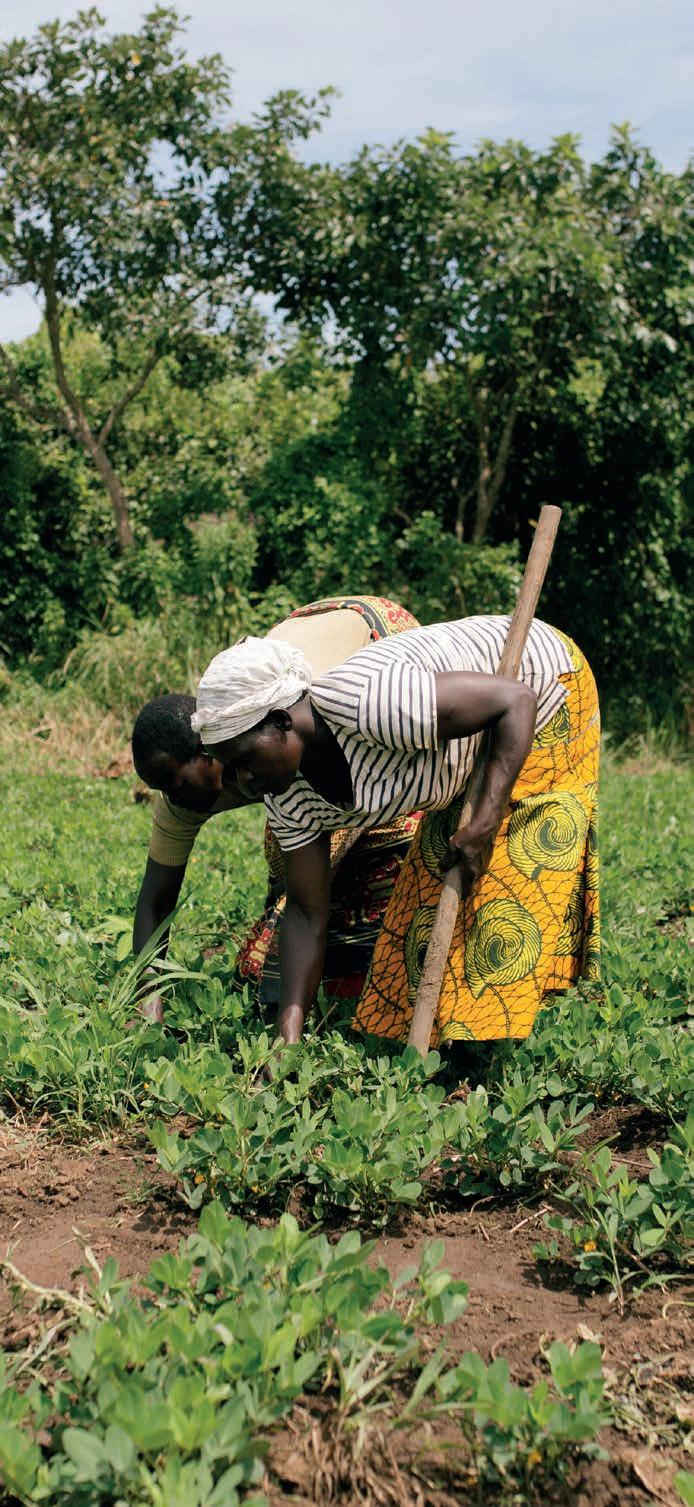Accounting principles for the balance sheet Fixed assets The intangible assets, buildings, refurbishments, fixtures, equipment, and means of transportation in programme areas are valued at acquisition or manufacturing cost minus the cumulative depreciations and/or accumulated impairment losses, where relevant. Partially or fully depreciated fixed assets are removed from the fixed assets registers only once they have been sold or officially decommissioned. Maintenance expenses will only be capitalised as assets if they extend the economic life of the object. Expenses regarding major maintenance of buildings will not be accrued for in a provision. These costs will be registered directly in the statement of income and expenditure. Depreciations are calculated as a percentage of the acquisition price according to the straight-line method and based on the estimated useful life of the assets. Land and tangible fixed assets for sale are not depreciated. Intangible fixed assets: Software Tangible fixed assets: Land: Building: Refurbishment: Inventory and equipment: Vehicles in program areas:
25% 0% 3 % 10% 25% 33 %
Financial fixed assets are stated at cost, less any provisions for permanent impairment, if necessary.
Inventories Stocks are valued at acquisition price. The acquisition price comprises the purchase price and additional costs, such as import duties, costs of transportation, and other costs that can be directly allocated to the acquisition of stocks. The valuation of stocks takes account of any downward value adjustments on the balance sheet date.
Receivables, prepayments, and accrued income Receivables are valued at fair value, including a provision for non-recoverability, if needed. Provisions are deter-
50
ZOA A N N UA L R E P O RT 2 0 1 9
mined according to individual assessment of the collectability of debts. No receivables are included that extend beyond one year after balance date.
Securities Securities are valued at fair value.
Cash and cash equivalents Cash and bank balances are valued at face value. Non-euro cash and bank balances are converted against actual rates at the year end based on international EU rates.
Reserves and funds ZOA's reserves and funds exist to achieve ZOA's objectives. They can be summarized as follows: Continuity reserves The general continuity reserve enables the organisation to meet its commitments during an unforeseen stagnation of income. Restrictions on spending continuity reserves are determined by the Executive Board. Designated reserves The designated reserves are earmarked by the Executive Board and consist of two groups. Firstly, reserves for (pre-)financing and particular risks. Secondly, reserves for future project spending. The first group consists of the designated reserves to pre-finance projects (to enable the start or continuation of projects in countries before donor instalments are received), to finance assets, and for programme financing (risk of unrecoverable expenses). The second group consists of country programme reserves, programme development and innovation reserves, reserves for disaster response activities, and other earmarked reserves related to assets in countries (vehicle replacement reserves). Programme Funds Programme funds concern funding acquired with a specific use designated by the donor, but not yet spent on these designations.
Provisions Provisions are recognized for legally enforceable obligations that exist at balance sheet date, for which an





